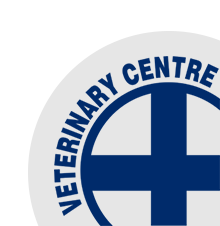Combatting Hip Dysplasia
/Canine Hip Dysplasia is a common cause of crippling lameness and painful arthritis of the joints later in life. It is an extremely common, inherited disease in dogs where there is abnormal formation of the hip socket. Larger dogs such as German Shepherds, Rottweilers, Labrador Retrievers and Golden Retrievers are commonly affected breeds.
The Veterinary Centre Oamaru offers a diagnostic x-rays procedure, called the “PennHIP procedure” that identifies the risk of this disease. Puppies can be screened from as early as four months of age and the procedure can be easily performed at the time of a spey or neuter.
Additionally, in puppies under 5 months of age that have been diagnosed with hip dysplasia or are considered at high risk for the disease, a minimally invasive surgery is available to prevent canine hip dysplasia by influencing the shape of the hip joint as a puppy grows.
Identifying and treating this disease early can have huge benefits later in life. Please call us if you would like more information on each of these procedures.













